Understanding Compartments and Opening Styles
Essential Guide to Children's Backpacks Part 1
Welcome to the first installment of our definitive guide series on children's backpacks. After analyzing countless models, examining construction techniques, and observing how kids actually interact with their bags, I've developed a deep appreciation for the thoughtful engineering behind these everyday companions. Today, we're diving into perhaps the most fundamental aspect of any backpack's design: compartments.
In this guide, we'll explore the various opening styles, access points, and pocket configurations found in modern children's backpacks. Understanding these elements helps parents to make informed decisions based on a child's specific needs, age, and usage patterns. Throughout this exploration, we'll maintain a neutral perspective on the various design approaches, as each configuration offers distinct advantages depending on the context.
Opening Styles
After testing dozens of kids' bags, I've found that opening style dramatically affects how children interact with their backpacks.
Standard U-shaped
This conventional U-shaped entry remains the most common design – a simple zippered opening that runs from the midpoint of one side, over the top, to the midpoint of the other side. While straightforward, this design can make finding those small erasers or forgotten lunch money akin to an archaeological dig when items inevitably sink to the bottom.
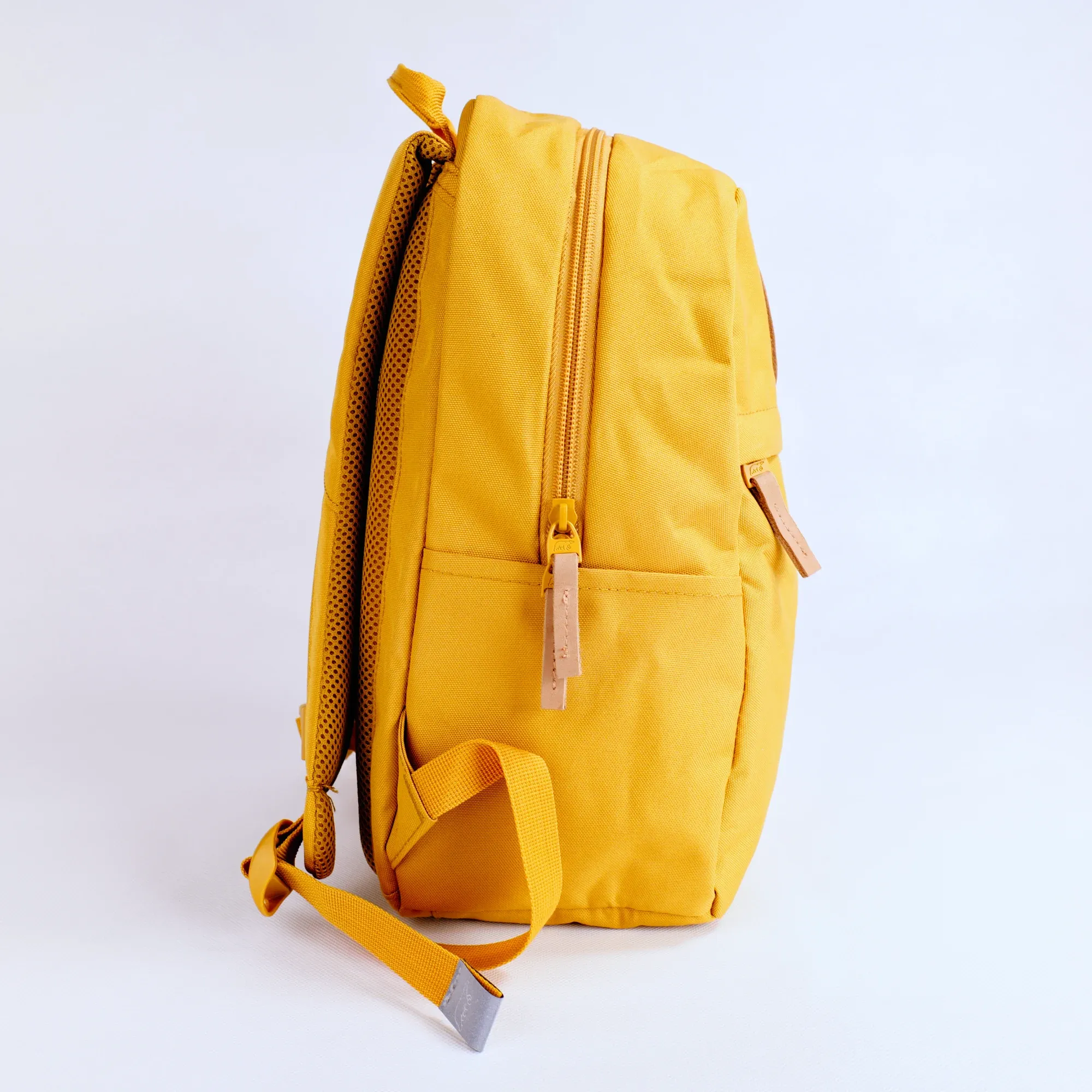

While newer opening styles continue to emerge, this classic approach remains the backbone of children's backpack design as featured in Beckmann Norway's Urban Mini.
Clamshell
Clamshell openings, while less common in everyday school backpacks, are frequently found in children's travel bags and lunch containers. These designs unzip further down the sides, allowing the panel to fold completely open like a book. The full-access approach makes perfect sense for specialized use cases—helping kids easily pack a vacation bag or retrieve snacks without dumping everything out. Clamshell openings are particularly well-suited for bags with larger capacity, where the ability to view and organize multiple items becomes increasingly valuable.

When occasionally incorporated into school backpacks, this design dramatically improves visibility and organization compared to traditional U-shaped openings, though manufacturers typically reserve full clamshell capability for premium models targeting older children.
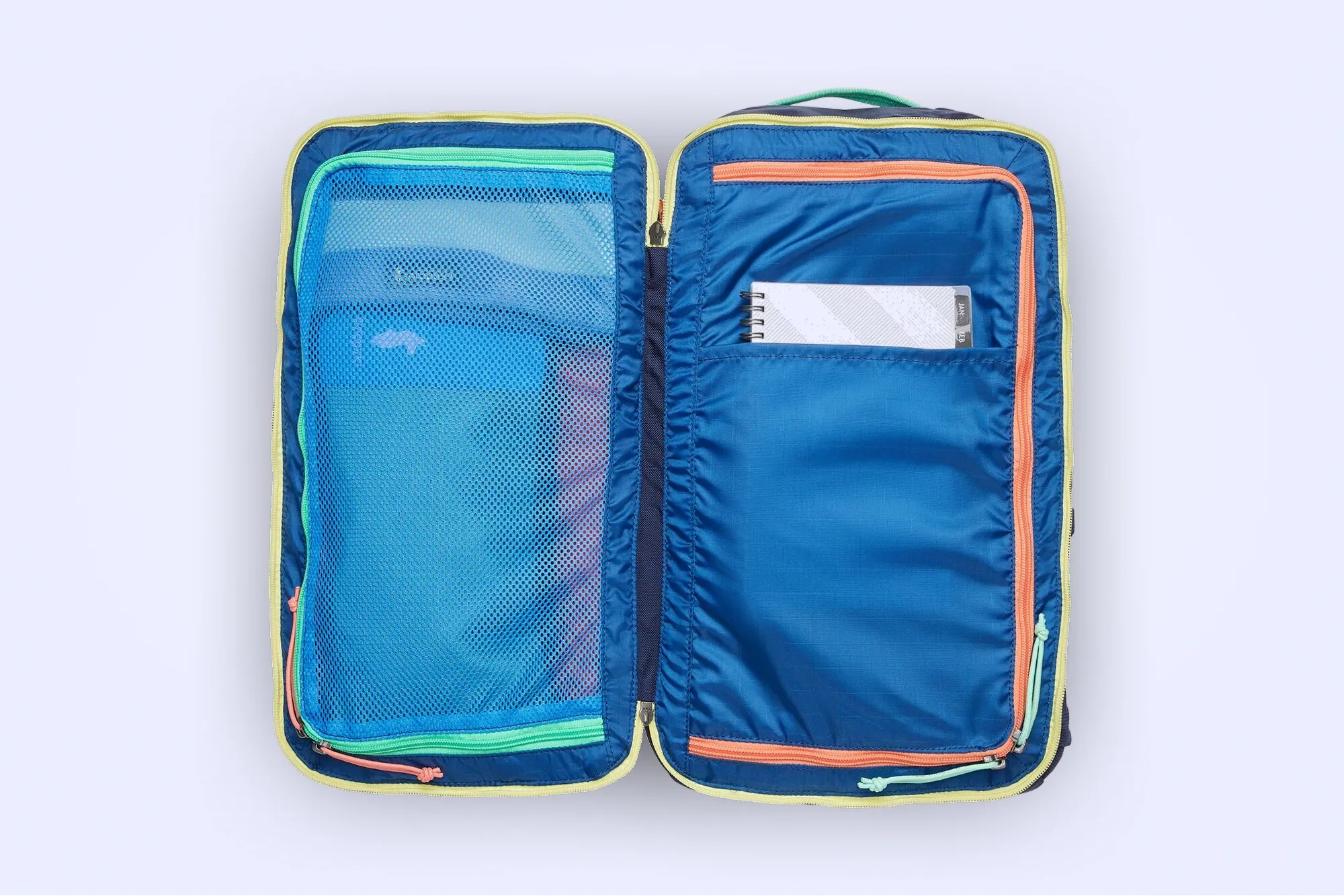
Flip-top lid
Lid-style openings are another noteworthy design, featuring what is essentially a cap that sits on top of the backpack. While traditionally associated with adult trekking backpacks (where they often appear as "floating lids" that cover drawstring openings to keep water out), scaled-down versions have found their way into children's outdoor-oriented bags.
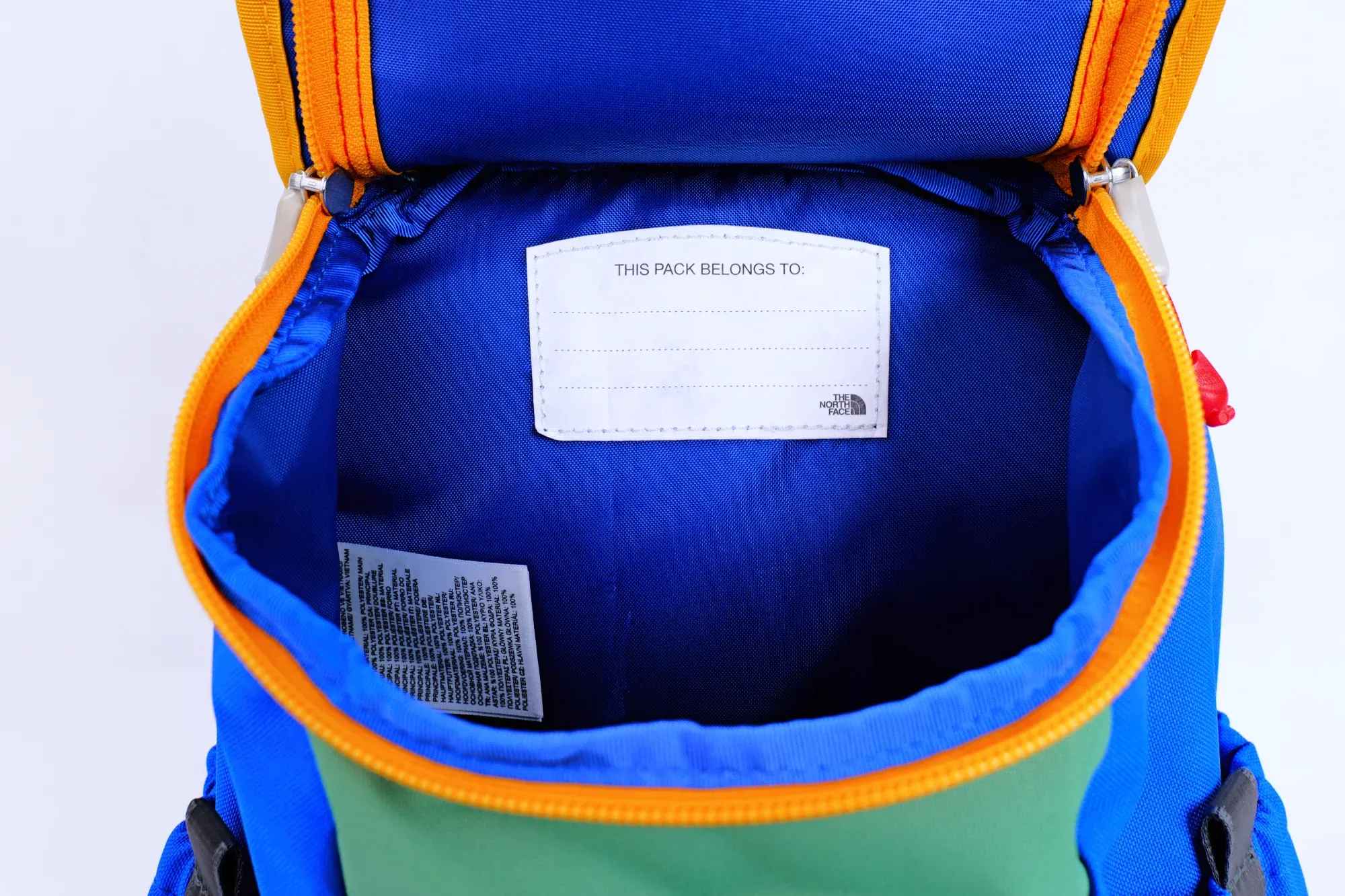
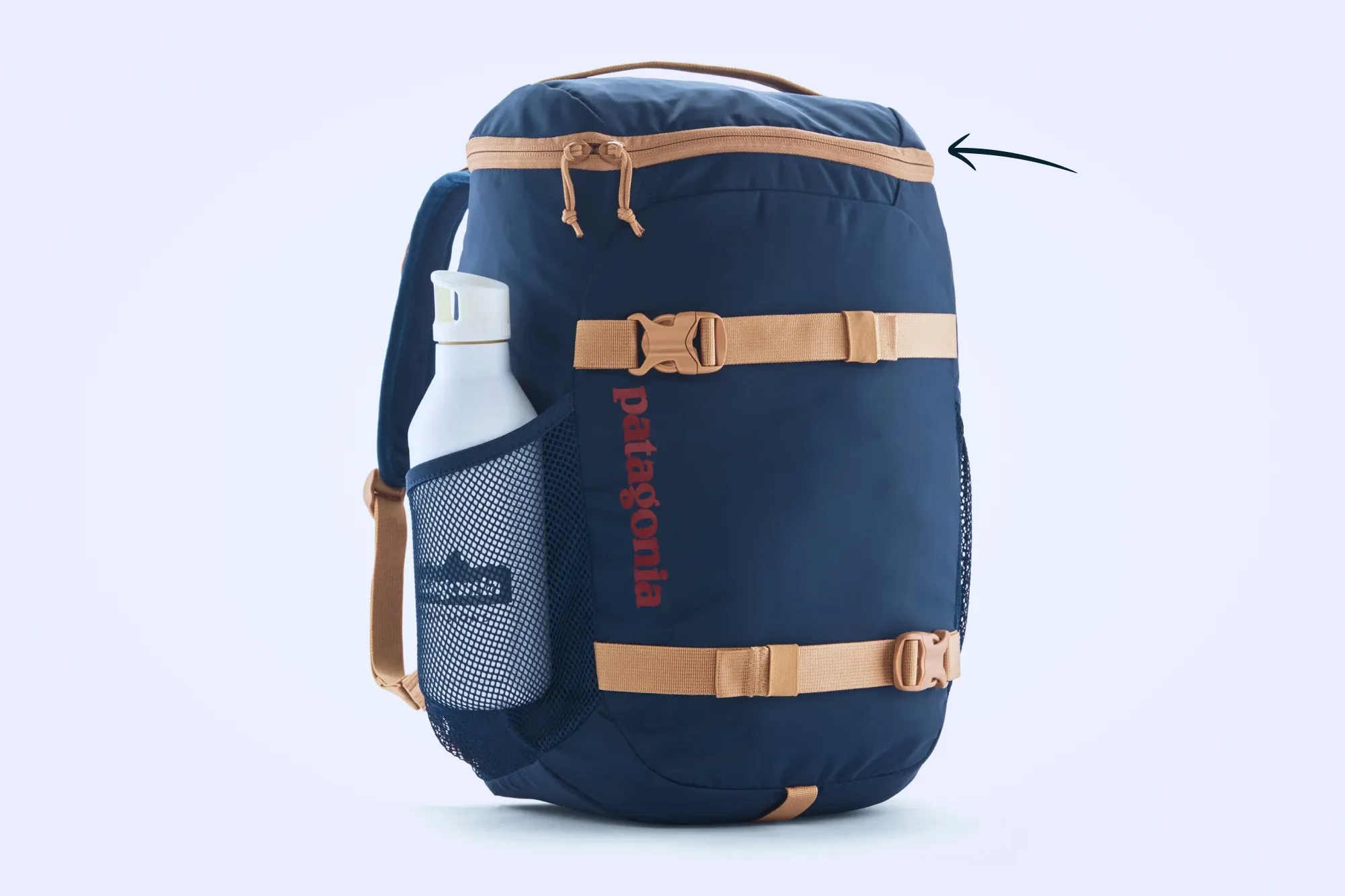
The lid's semi-rigid construction maintains its protective shape even when not completely full – a subtle but significant detail that prevents the sagging and collapsing common in lesser designs.
Models like The North Face Explorer Mini incorporate zippered lids offers unobstructed access to the main compartment. When open, these designs allow excellent visibility all the way to the bottom of the bag, and larger items can be dropped straight in without the hassle of maneuvering through a narrow opening.
Roll-tops
Roll-top openings represent a growing trend in children's outdoor and urban backpacks. As the name suggests, these designs feature a flexible upper section that rolls down and secures with buckles, hooks, or straps on the sides. Originally popularized in waterproof dry bags and messenger bags, roll-tops offer several distinct advantages for the junior adventurer. The adjustable closure system creates expandable capacity—perfect for those days when your child suddenly needs to carry an art project, sports equipment, or an extra layer.
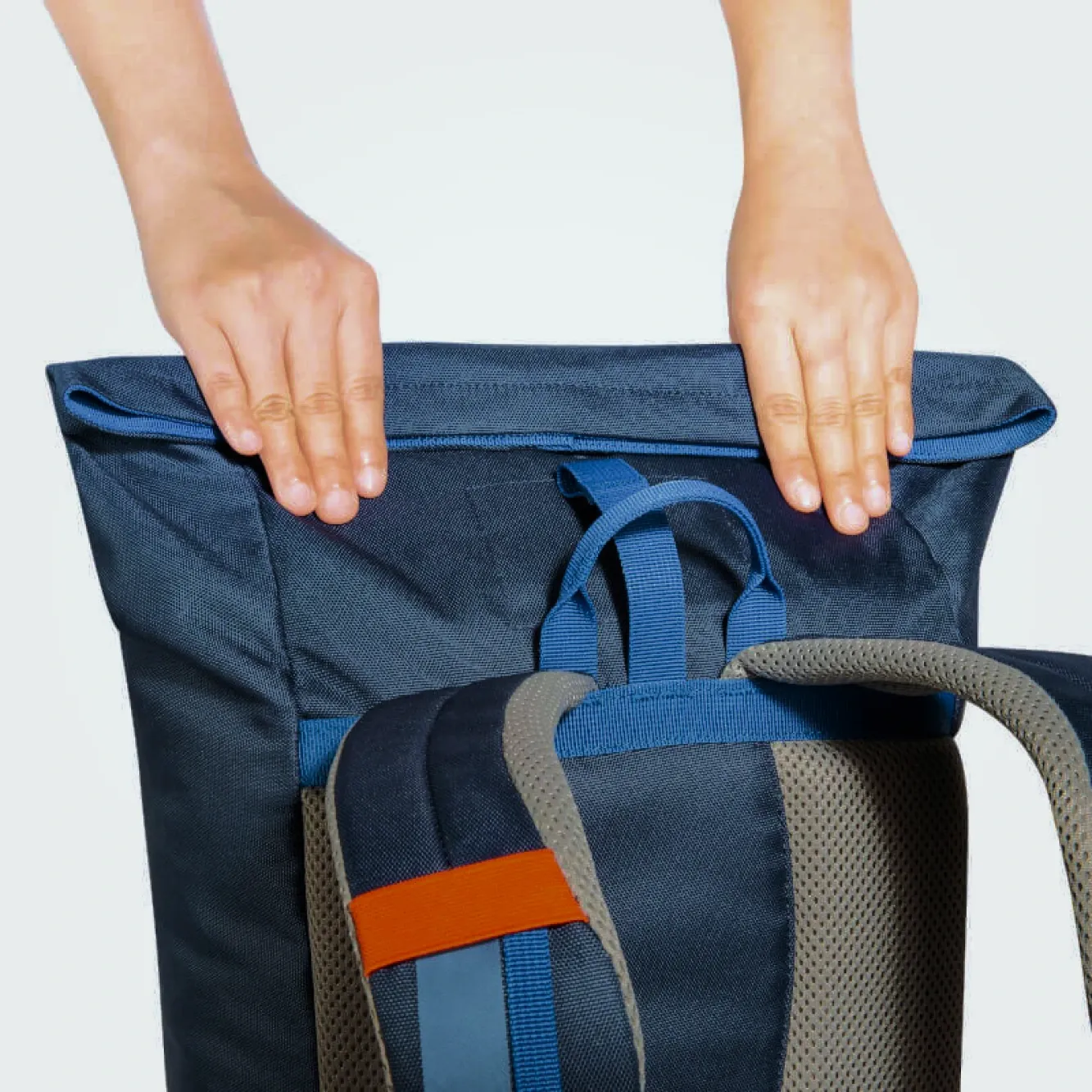
For younger children, roll-top mechanisms typically incorporate larger, child-friendly buckles designed for developing motor skills. The compromises, however, come in convenience and accessibility—roll-tops require more steps to open and close compared to zippers, and gaining visual access to the bottom contents often means completely unrolling the top. While perhaps not ideal for everyday elementary school use where quick access to supplies is paramount, roll-tops excel in specialized applications where adaptable volume and weather protection matter most.
Less Common Openings in Kids' Backpacks
While traditional designs dominate the market, several alternative opening styles occasionally show up in specialized children's bags, often borrowed from adult technical packs.
Drawstring Tops secure contents with a tightening cord. Though common in gym sacks, they rarely appear as the main opening in structured children's backpacks except in certain outdoor designs, usually paired with a protective lid.
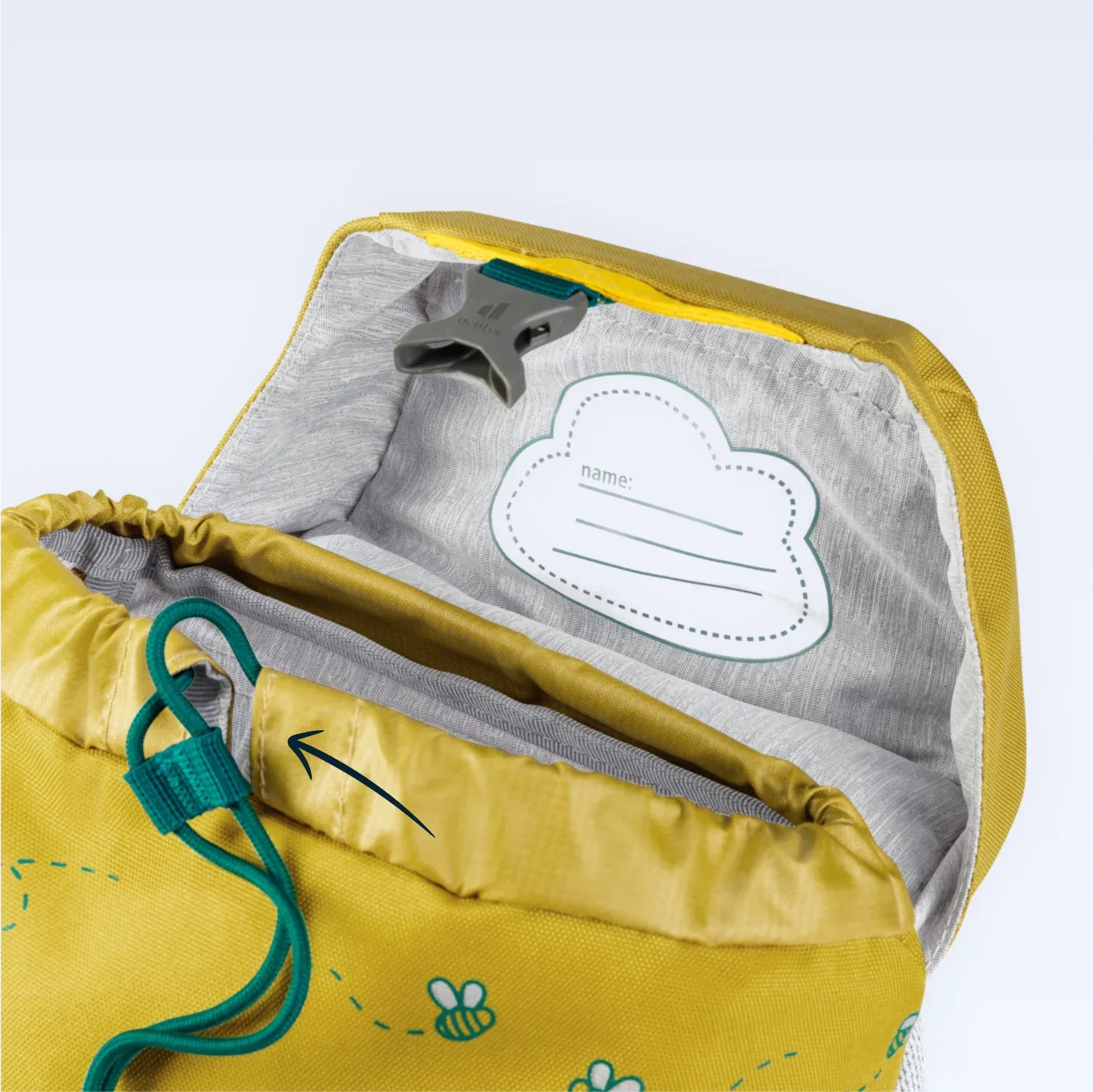
Splayed Openings partially resemble clamshells but don't open completely flat. They typically appear in hard-shell backpacks or protective designs for electronics, offering broader access than U-shaped zippers while maintaining better structural integrity than full clamshells. Their rigid construction makes them rare in everyday kids' backpacks where weight and flexibility count.
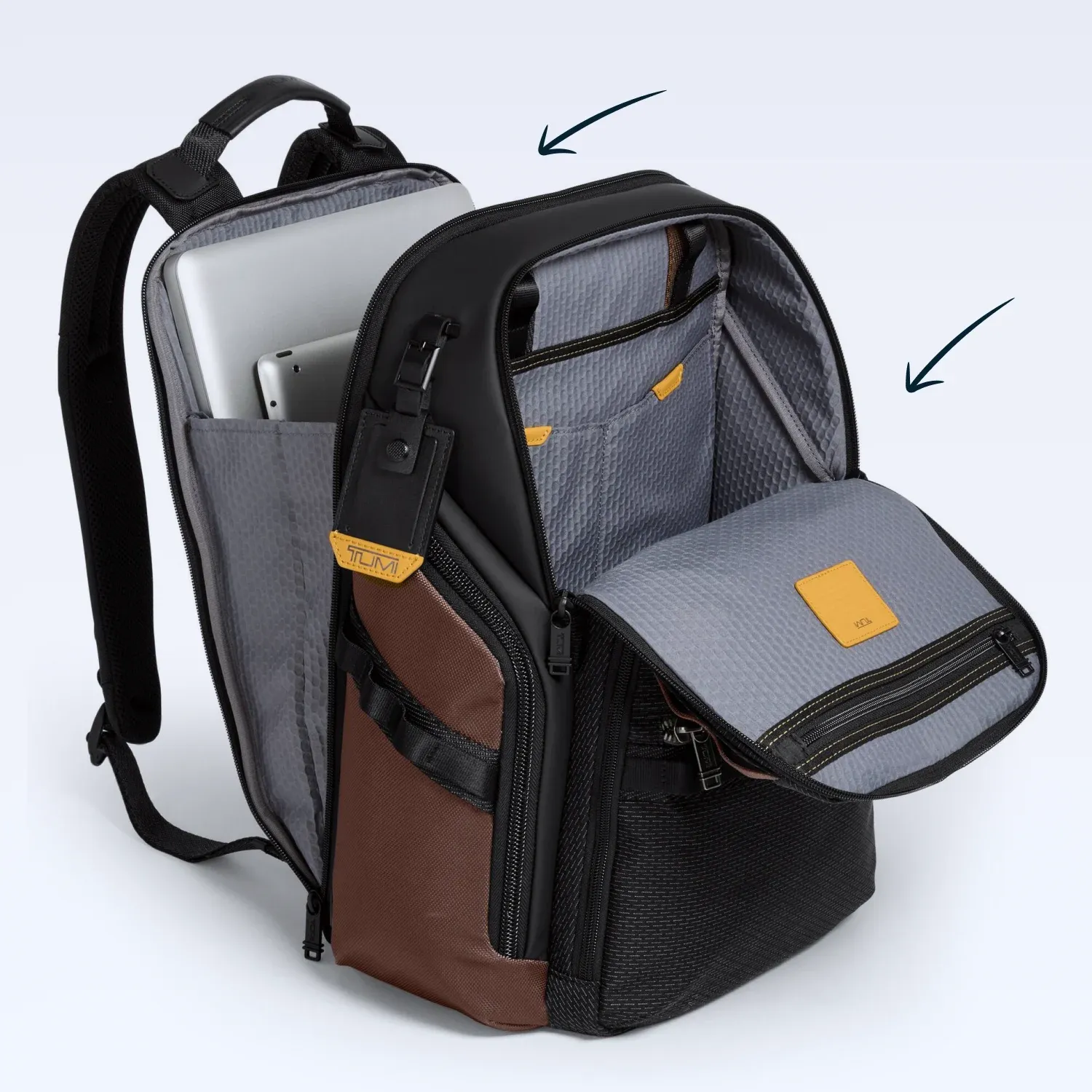
Central Zippers run vertically down the middle of the front, creating a unique opening that allows access to the bottom without disturbing top contents. Some brands have explored this for school backpacks aimed at older kids.

Compartment Configuration
The most effective children's backpacks feature thoughtfully divided internal spaces rather than one cavernous void where possessions disappear without a trace.
The main compartment should accommodate essentials like lunch containers, clothing layers, and school supplies. Look for designs with a padded sleeve that fits standard-sized folders without bending corners – a small detail that helps preserve those precious art projects headed home.
A secondary compartment, ideally with some internal organization, provides valuable separation between potentially messy items (looking at you, half-eaten banana) and important papers or electronics. The best designs include this compartment with just enough structure to maintain separation without adding unnecessary bulk.
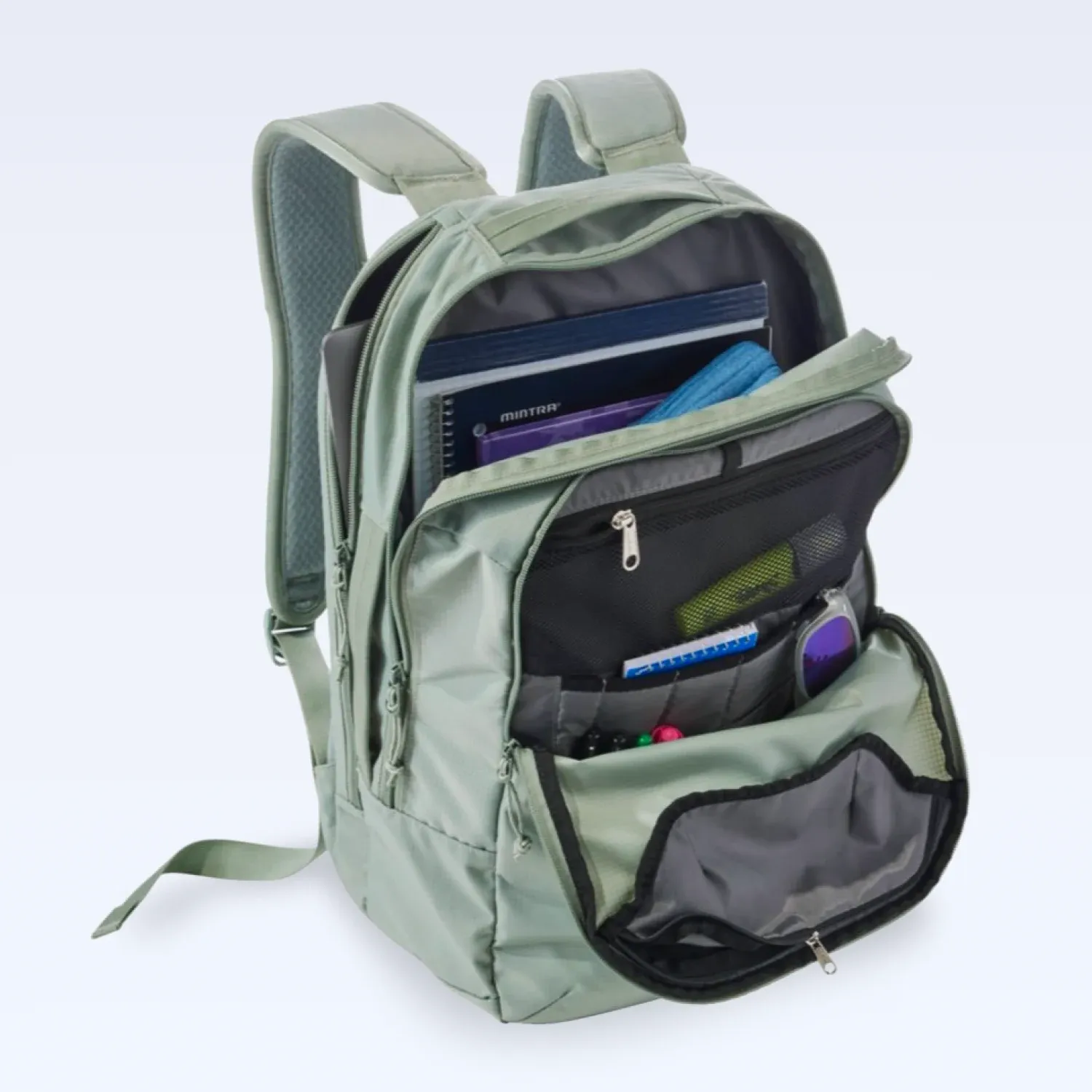
Some premium children's bags now feature dedicated tech pockets with soft lining to protect tablets or small laptops. While these might seem excessive for younger kids, they become increasingly valuable around third grade when digital learning tools become more prevalent.
Specialized Pockets: Purpose-Built Storage
Beyond main compartments, several specialized pockets serve distinct purposes in well-designed children's backpacks:
Quick-grab pockets positioned near the top provide easy access to frequently needed items. The best designs make these pockets deep enough to secure contents but shallow enough that small hands can reach the bottom.
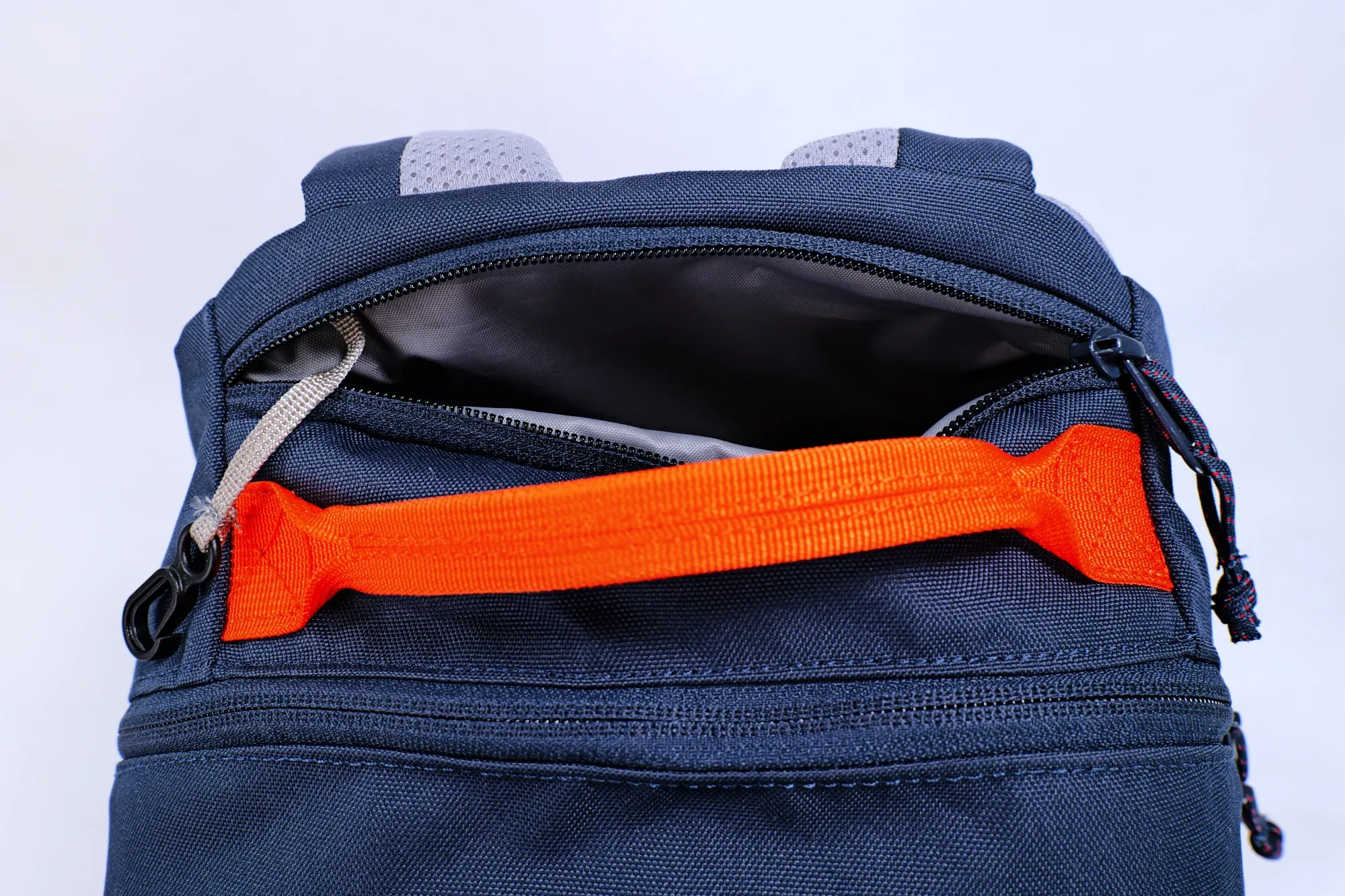
Secret pockets (typically hidden against the back panel) offer secure storage for valuables or emergency contact information. While adults appreciate these for security reasons, children enjoy the novelty of having a concealed compartment. These specialized pockets are relatively uncommon in standard children's backpacks, though they appear more frequently in premium or travel-oriented models.
Hydration pockets are usually found on the sides of quality kids' backpacks. These pockets feature enough elasticity to secure bottles firmly while remaining accessible without removing the backpack. The best designs include a slight inward angle, which helps prevent bottles from slipping out when the bag is set down.


Mesh organizers or known as kangaroo pockets are those stretchy front pouches secured with elastic – provide ideal storage for lightweight jackets or small items that requires quick access.

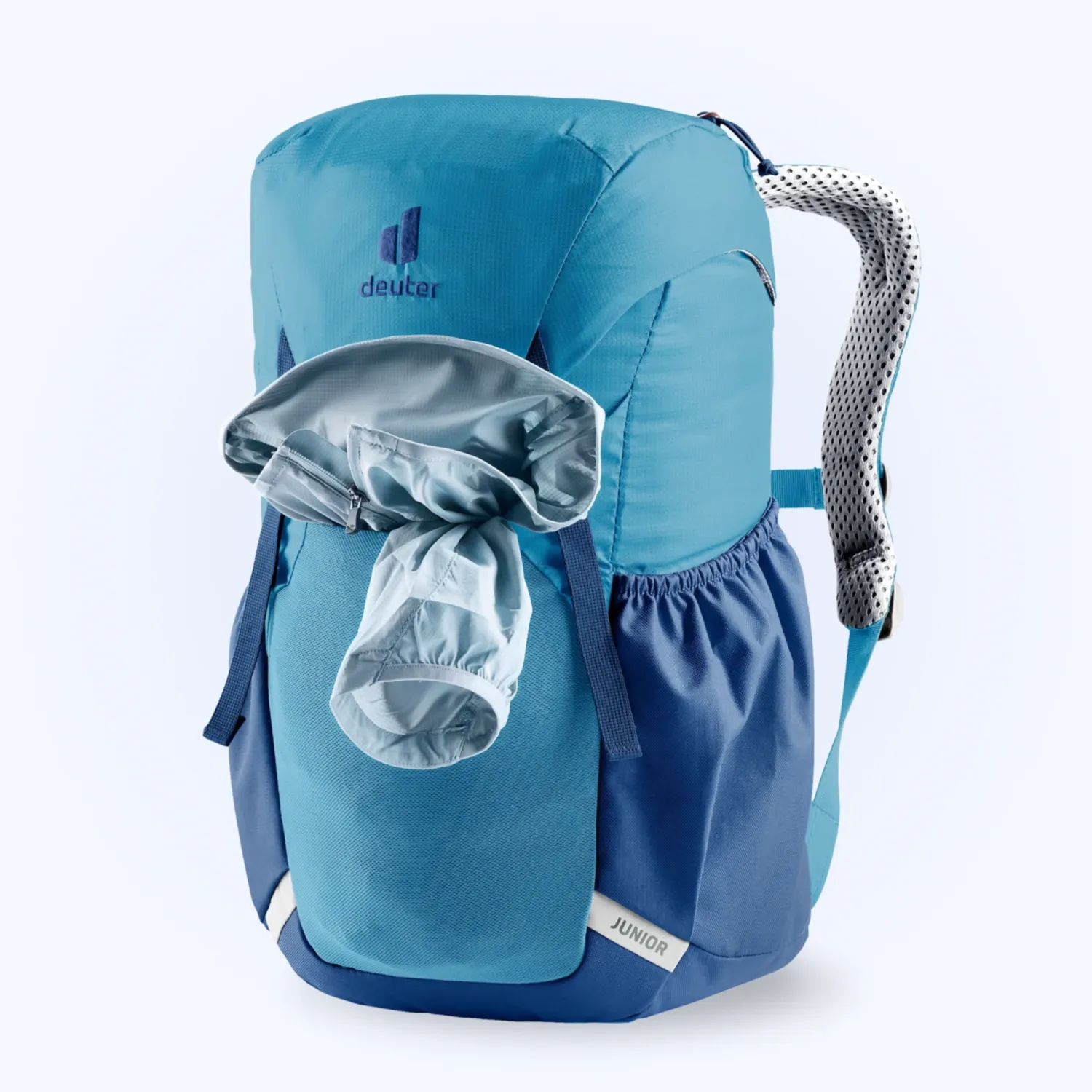
Deuter expandable compartments transform what would otherwise be dead space into functional storage that adapts to whatever childhood throws your way.
Access Points
How your child accesses their backpack contents significantly impacts their independence and organization skills.
Top access remains standard, but side-access zippers have gained popularity in children's designs. These allow kids to retrieve items without completely removing their backpack – particularly helpful during crowded bus rides or when balanced precariously at their cubby.
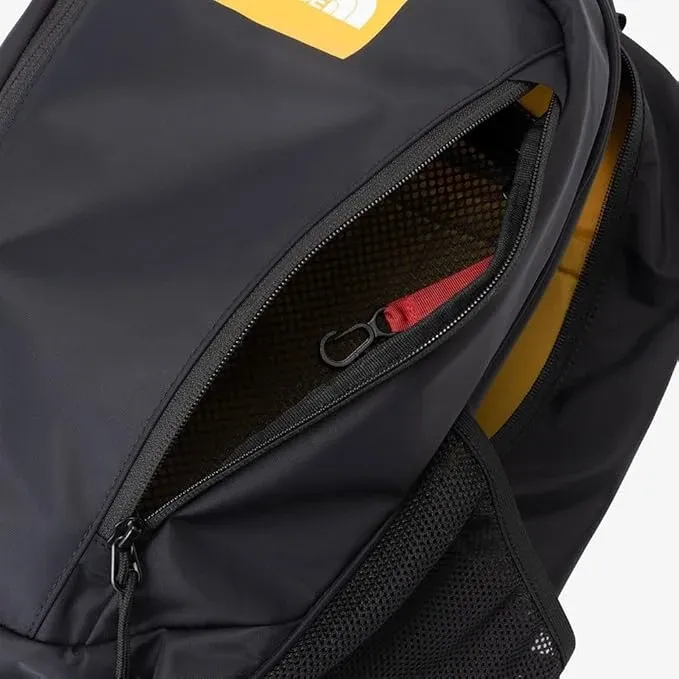
Some innovative children's bags now feature bottom access panels, allowing retrieval of items that have migrated downward without unpacking everything above. Parents of young athletes particularly appreciate this feature for accessing sweaty gym clothes without disturbing carefully packed school supplies.
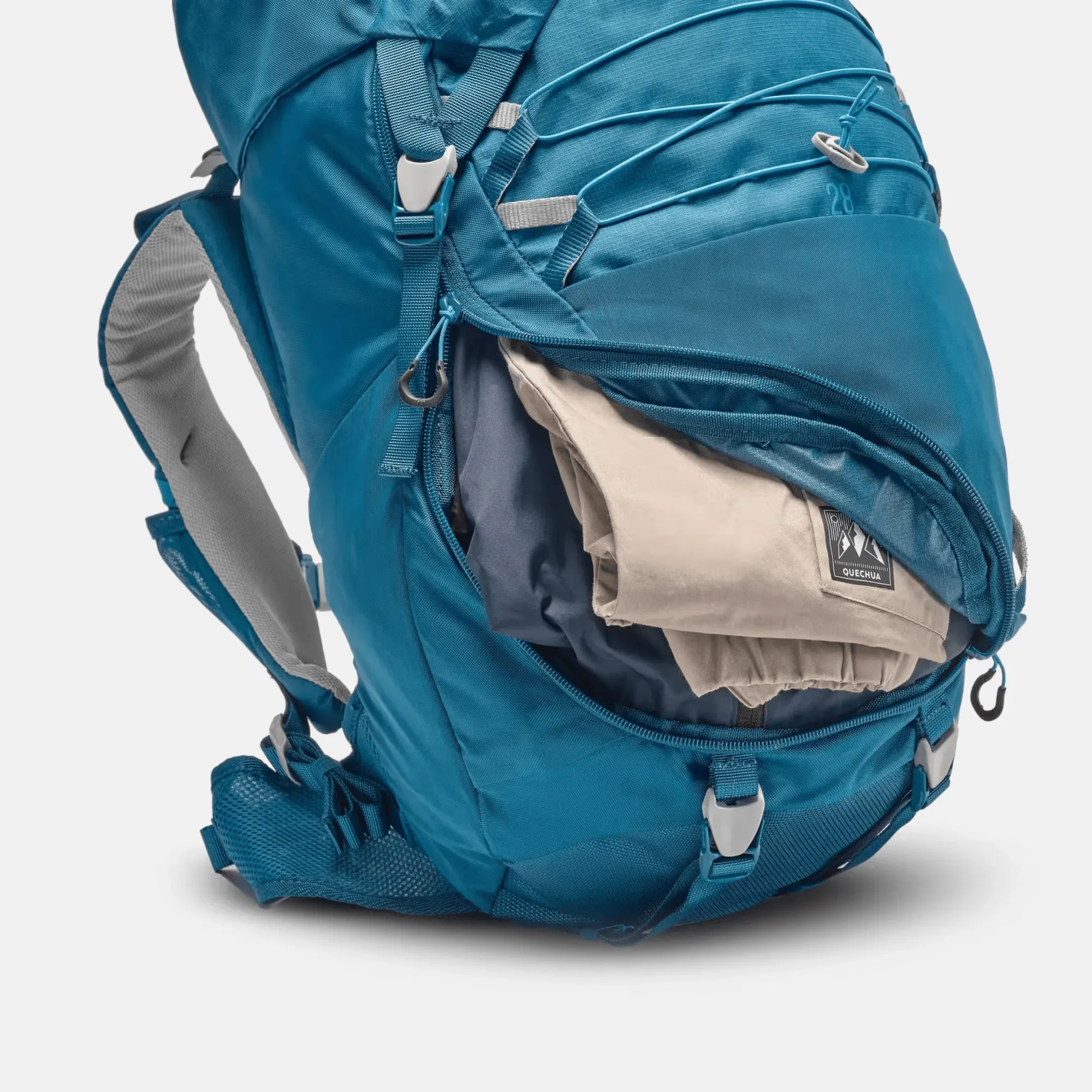
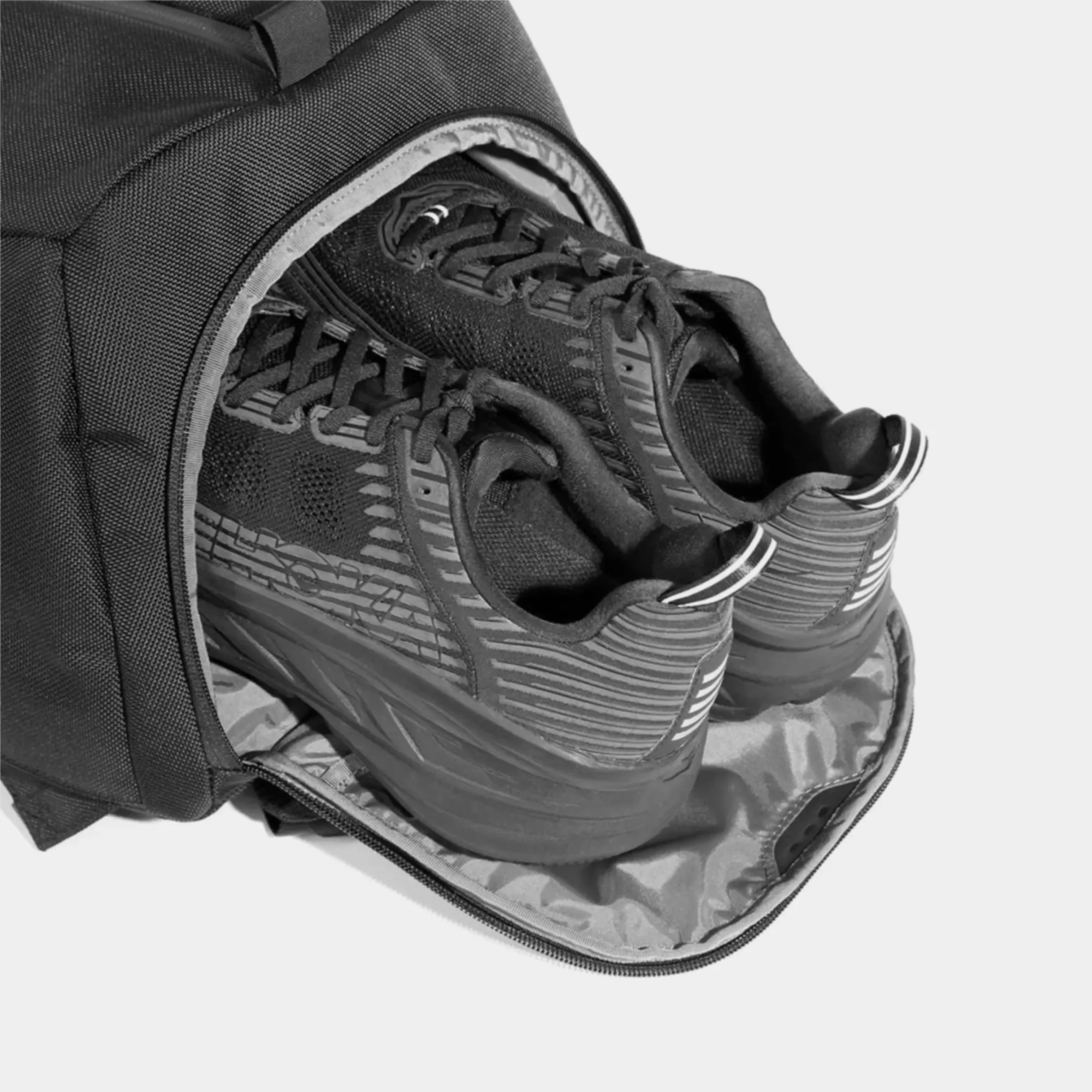
Quechua hiking 28L backpack and Aer fit adult backpack both allow direct bottom access without unpacking from the top.
Back panel access, while less common in children's designs, offers excellent security for valuable items in certain situations. Several brands have introduced this feature specifically for travel backpacks designed for family adventures.
The ideal children's backpack balances compartment complexity with usability. Too many specialized pockets overwhelm young users, while too few result in the dreaded "everything-jumbled-together" syndrome. Finding that sweet spot – usually 3-5 thoughtfully designed compartments – provides structure without complication.
Conclusion
The opening style of a children's backpack dramatically influences its functionality, accessibility, and your child's independence. Whether you choose the traditional U-shaped design for simplicity, a clamshell for maximum visibility, a protective flip-top lid, or an expandable roll-top, each configuration serves specific needs and age groups. The ideal choice balances your child's motor skills, daily requirements, and intended use scenarios.
As children grow and develop, their optimal opening style may evolve—from straightforward designs that foster independence in younger years to more sophisticated configurations supporting organization as academic demands increase. Understanding these nuances empowers parents to select a backpack that truly serves their child's journey.
Reference
- Pangolins with packs:The Definitive Guide that You Never Wanted: Anatomy of a Backpack




